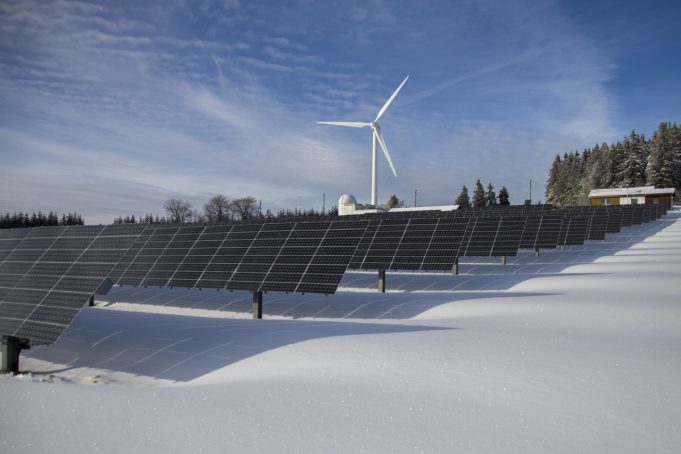The year 2020 was the first year in which production of renewable energy outperformed fossil fuel production in the European Union. Nuclear energy accounted for 25% of all production, fossil fuels accounted for 37%, and renewables accounted for 38%.
At a time when climate change is one of the biggest single challenges the planet and the human race are facing, this is excellent news. However, if we are to stem the tide of climate change and secure the future of the planet, renewable energy production and use needs to increase even further over the coming months and years.
With renewable energy production on the increase, experts are predicting several trends that we may expect to see emerge throughout 2021 and beyond.
Greener Corporations
Corporate social responsibility has become a key part of almost all business operations in recent years, as companies both large and small recognise the role they have to play in reversing the effects of climate change.
Consumers developed tendencies to show their support for companies that operated in a more environmentally friendly way over a decade ago, and businesses have responded to this increased demand by improving their efforts. As consumers become more aware and their green purchasing options increase, corporations will have to up their game if they are to secure the key demographic of the environmentally conscious consumer.
Sustainability is no longer something that only a small percentage of people look for; it is now a priority for many customers. As such, in 2021 we can expect to see more large corporations making ambitious sustainability commitments towards becoming 100% green.
Increased Energy Storage
One of the challenges that has slowed the adoption of renewable energies across some industries is the unreliability of its sources.
Solar and wind power are effective until conditions become calm and overcast, which is when alternative sources of energy are required. There have been countless improvements in battery storage technology in recent years which could provide the solution to the intermittent nature of many renewables.
With maturing technologies, it is now becoming economical to store surplus energy on days when the source is abundant, which can be used to feed into the grid or for on-demand power.
Diversification
We have already seen many oil and gas companies starting to diversify into renewable energy as a response to consumer demand. As we enter 2021, it seems likely that this is a trend that will not only continue but accelerate.
As renewables become more cost-effective and demand increases, it becomes more viable for traditional energy companies to broaden their portfolios and invest in new sectors within the sustainability bracket.
Some may invest in all-new renewable technologies, while others will be exploring options to make their current operations more environmentally friendly such as introducing green technology and biorefineries.
Leveraging Tax Credits
Many governments are offering tax-based incentives to companies that implement greener operational strategies and rely more on renewable energy rather than fossil fuels.
These vary depending on jurisdiction, but there are many opportunities for companies in several major countries to leverage tax credits and other forms of tax relief if they switch to greener energy.
These types of incentives help companies to build consumer trust through a demonstrable commitment to change while easing the initial financial burden.
About Shama Lalani
Shama Lalani, a former solicitor and successful business strategist, helps companies in the renewable energy industry (among others) with their business strategy and structuring. She has a keen interest in issues relating to renewable energy, sustainability, renewable infrastructure, and social impact.














